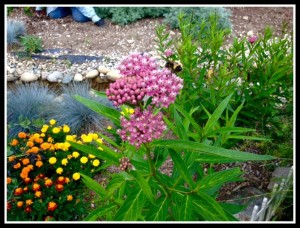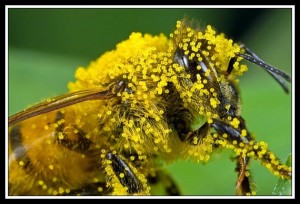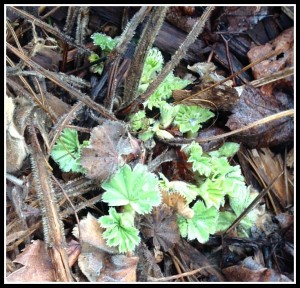4 Ways to Create Habitat for Native Bees
Listening to an episode of The Environment Report on NPR recently, I was surprised to hear these words:
“Scientists are looking to see if other bees can fill in the gaps left by honey bees.”
This idea made me laugh, if somewhat ruefully. The speaker seemed to be implying that the bees were just hanging around, waiting for humans to discover them, rather than simply going about the business of feeding themselves, as all bees and other pollinators do.
The story went on to explain that nearly 20,000 species of bees already do a great deal of pollinating. Most do not live in social hives, however, like honey bees. Rather, many of them are solitary. They nest in the ground or in hollow reeds, or even in a modern “bee hotel.”




